Ubuntu dual system installation
Foreword
If you want to start machine learning, you must first understand the Linux system. Among the many distributions of Linux systems, Ubuntu is unique. The unique packaging and installation method makes the process of installing dual systems very simplified.
If you use a virtual machine to run the Linux system, it will limit the performance of the hardware. Installing dual systems is a good solution.
start
First of all, we have to make room for a hard disk for the Ubuntu system. First, find this computer on the computer, which is my computer, right-click and select Manage, you can see the following interface, we select Disk Manager.
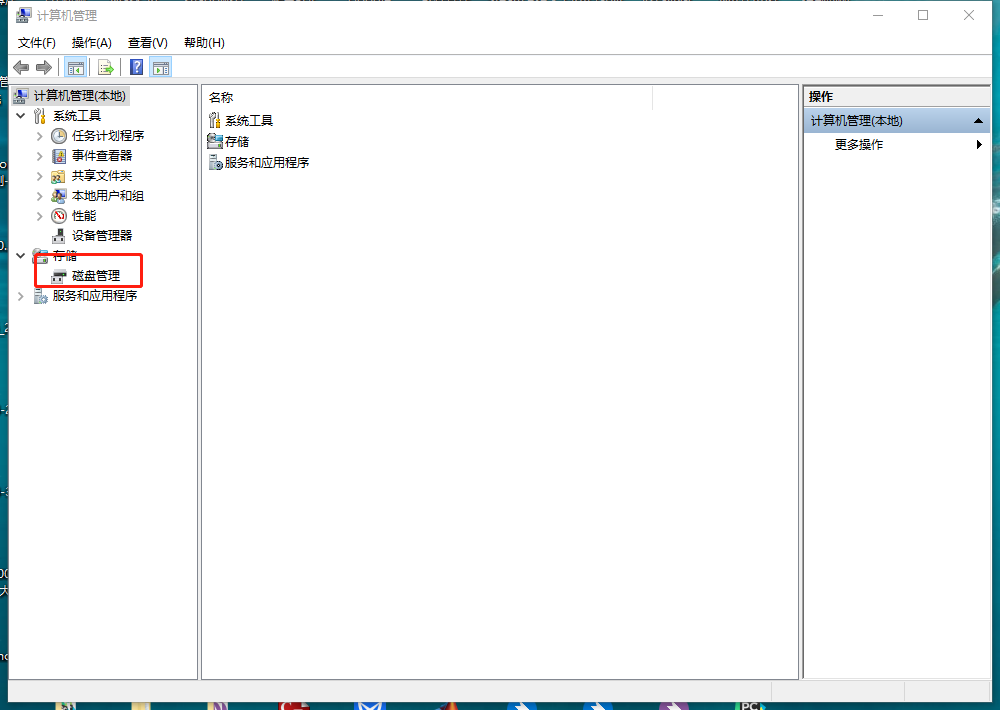
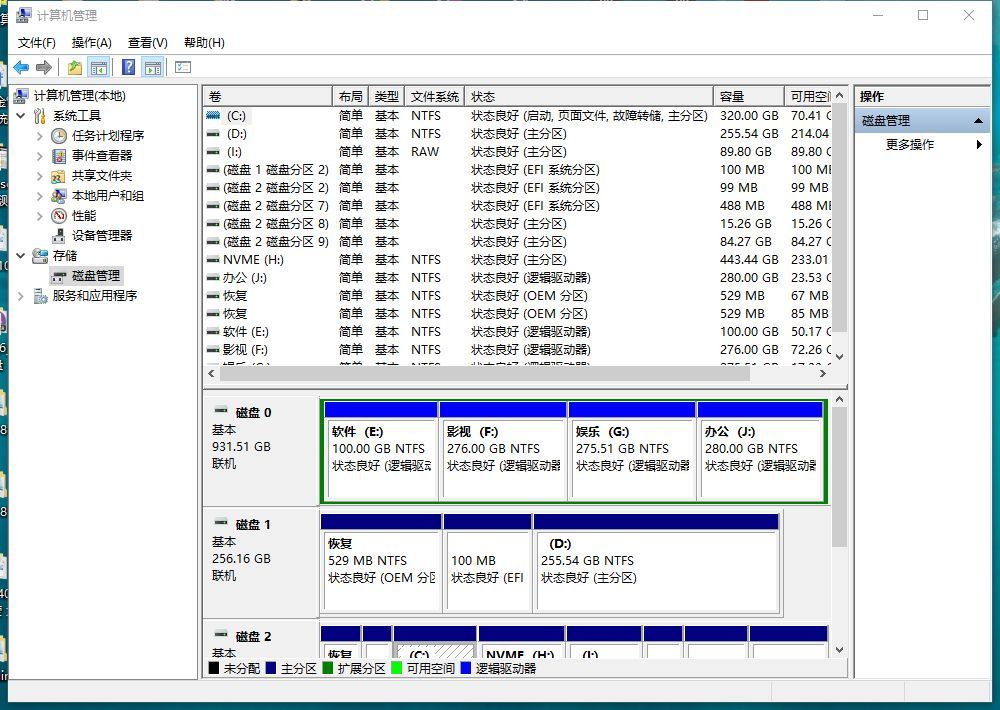
The above picture is the interface of the Disk Manager. Here you can see that Xiaobian has three hard disks, and there are many partitions under each disk. We choose a relatively large logical partition and compress a little space for our Ubuntu system. Right-click on this partition to compress the volume.
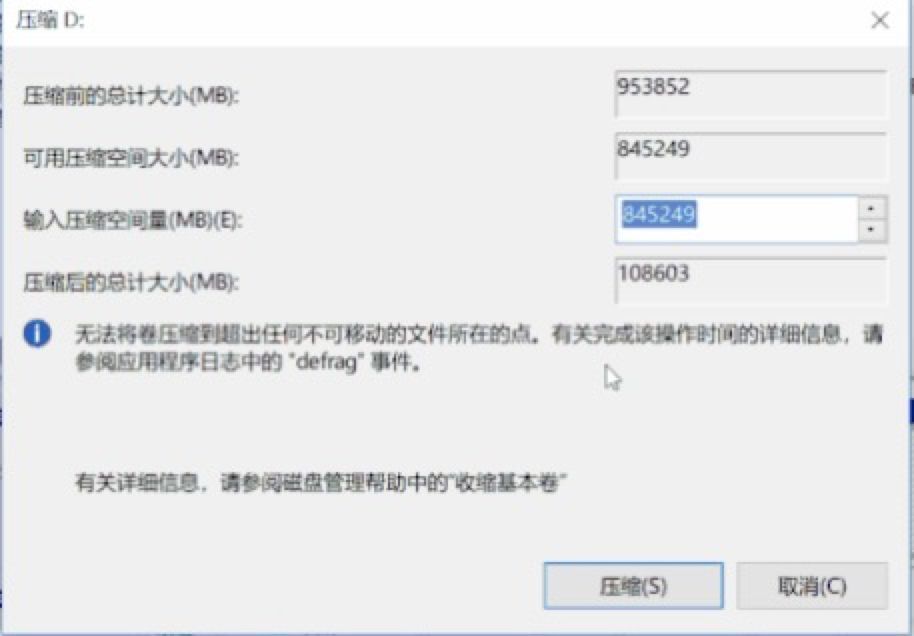
Here you need to consider the compressed space. Generally speaking, about 80GB is enough for a long time, but in fact, ubuntu can run normally with 20GB. If the space is not enough, you can mount additional partitions.
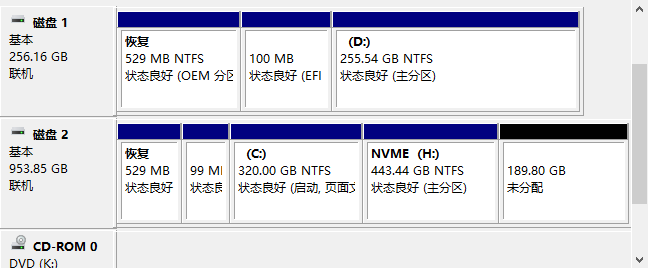
Here you can see that the editor compressed 189.80GB of space for the NVME partition of Disk 2. (189.8*1024MB)
The next step is to download our Ubuntu image. We recommend downloading from Ubuntu's Chinese website. Relatively speaking, the download speed will be much faster. The website is: https://cn.ubuntu.com/download
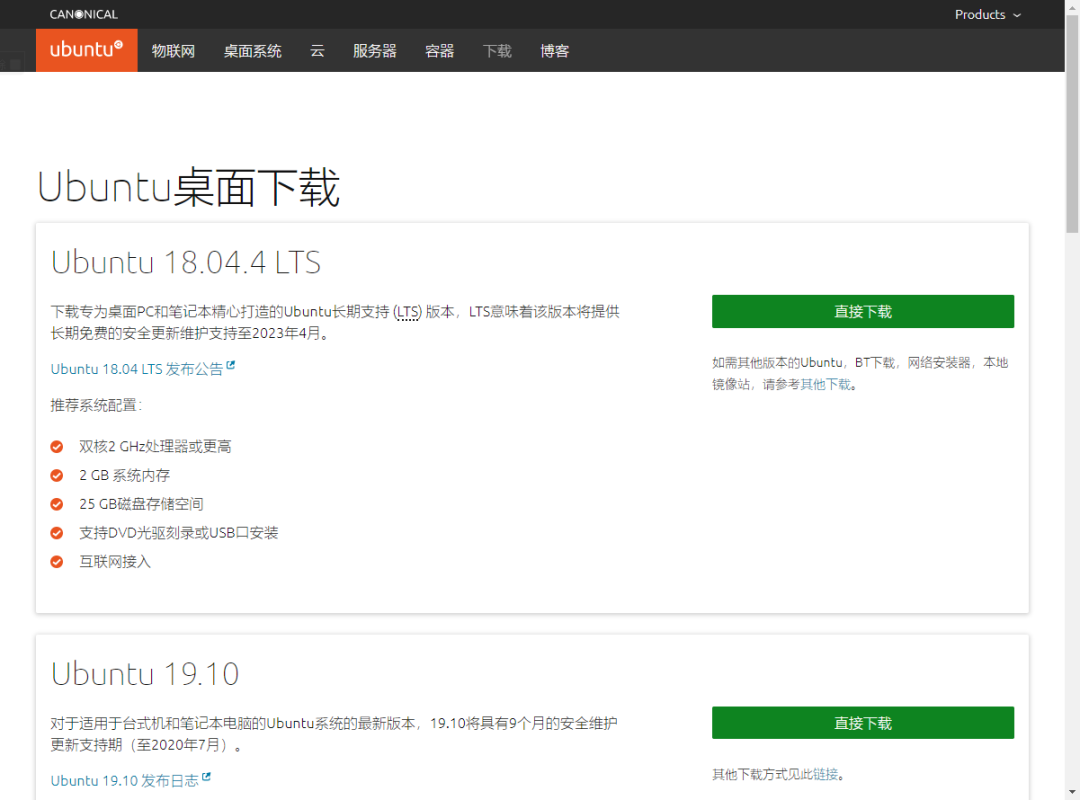
We choose the end of LTS, which is the Long Term Support. Here we will download version 18.04.4. After downloading, it will be an ios image file.
After that, we will prepare an empty U disk, remember that it is empty, it is best to back up the contents.
Search in Baidu-->Floppy Disk Link, here, we solemnly emphasize! We recommend you to download the genuine one. Of course, you can use the software like the picture below!
Manually funny, everyone knows

I still have to blow this floppy disk pass, it's really easy to use.
The screen opened by FDD is like this:
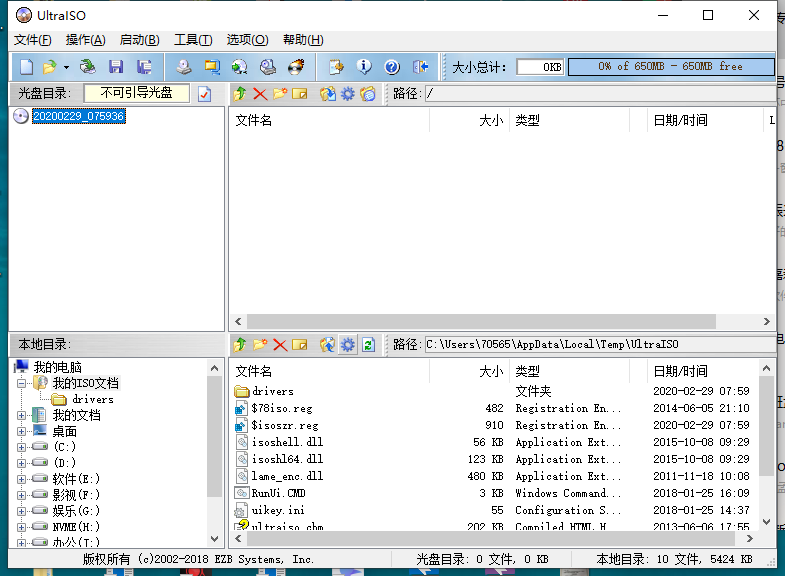
Then click File -> Open
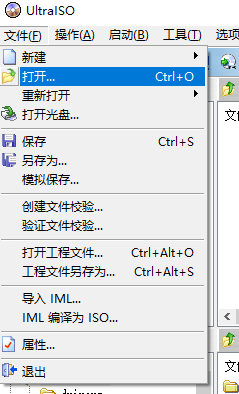

Select the image that we just downloaded and click Open, the image file has been loaded into the soft bottom pass.
Then we insert the empty U disk we prepared, select boot below, and write the hard disk image
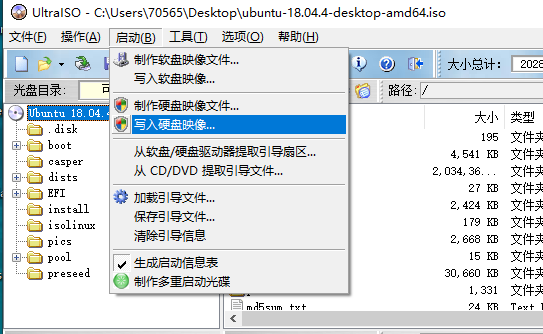
The following interface appears, the disk drive selects our U disk, just click to write directly, it will prompt a warning to format the U disk, because we have backed up the data, confirm it, and start mirroring Writing process.
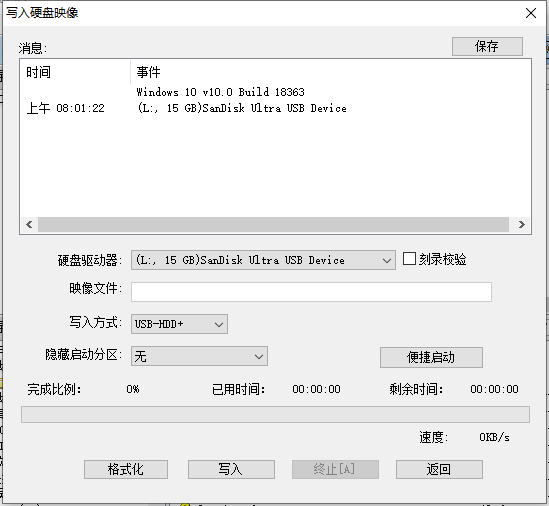
Wait for about 10 minutes, and the writing is complete. If you feel that writing is slow, you can change to a USB3.0 U disk
After you open the U disk, it looks like the following
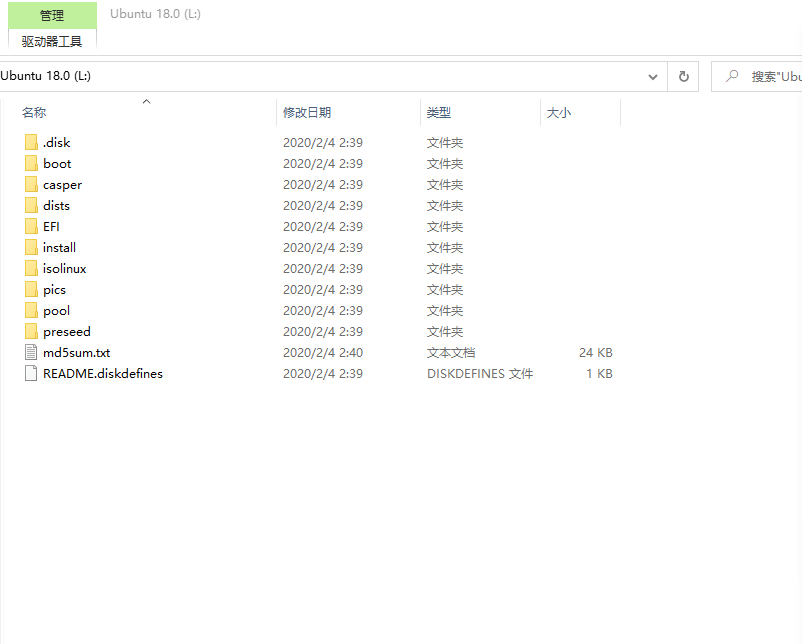
Next, we restart the computer, keep the U disk plugged into the USB socket and do not unplug it. When you see the boot BOIS screen (that is, when your computer brand or motherboard logo), click on the del on the desktop, which is the point in the lower right corner. Generally speaking, notebook users are F12 or F2, specifically Baidu:
"Your computer model + how to enter the BOIS system"
In the BOIS system, the USB flash drive is the first automatic item. Of course, if your computer motherboard is new enough, just choose the USB flash drive directly with the Boot Manager.
We will enter the Ubuntu installation program, we choose the first option, which starts with Try, first enter the micro PE system inside a U disk, the following is the interface
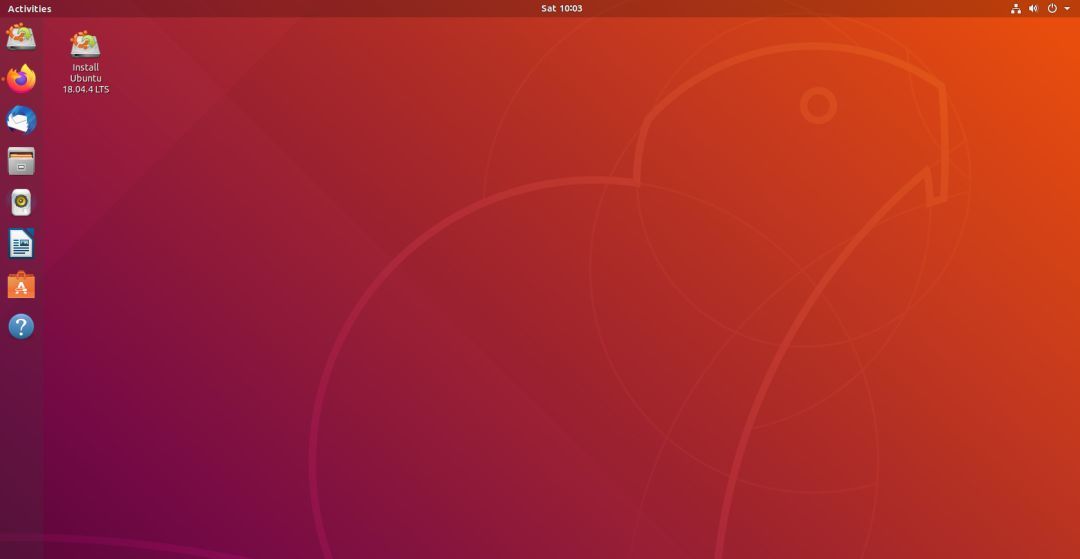
This is very similar to our Ubuntu system interface, but it hasn't been installed yet, just let you experience it.
Double-click the installer on the desktop. Select Simplified Chinese at the bottom
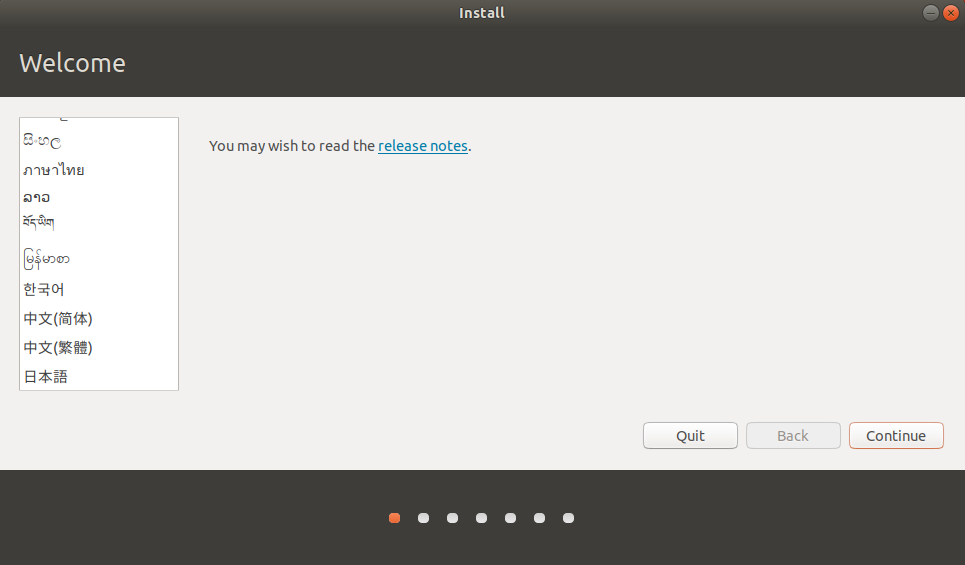
The following keyboard layout directly click next
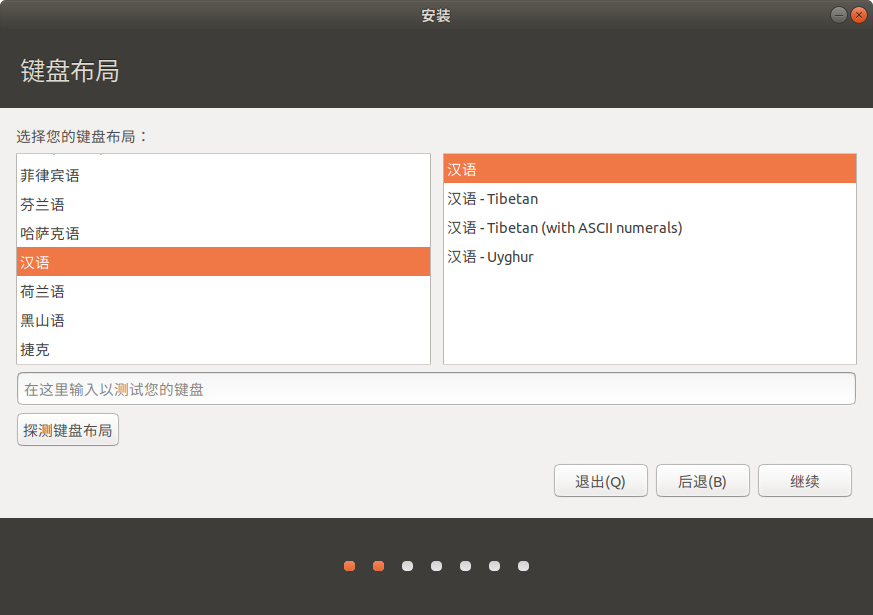
In the following interface, if you want to save time, please click the minimum installation. Of course, we also recommend to click the minimum installation. Do not check the following two. If you check it, a lot of things will be downloaded and the installation will be very slow.
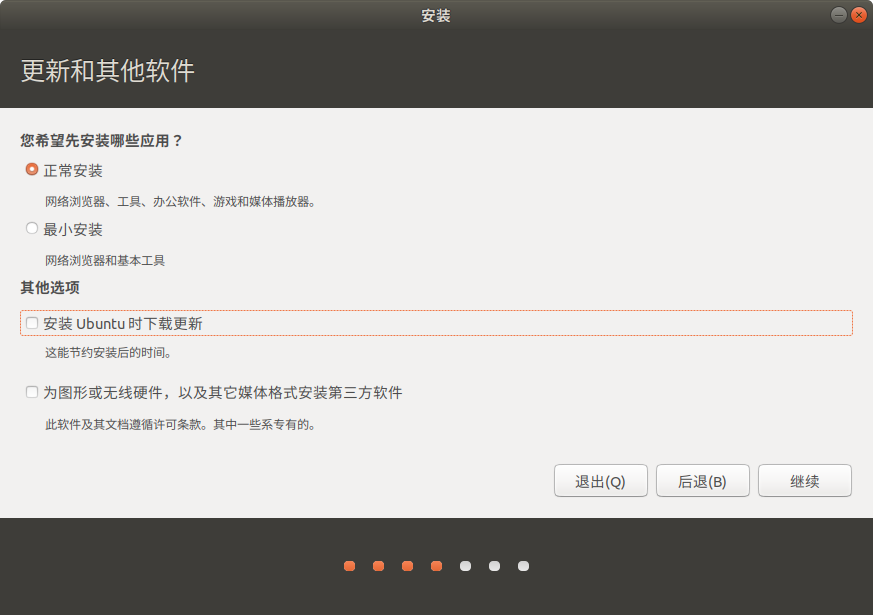
Then we enter the more critical part, which is to specify an installation system partition for our Ubuntu system
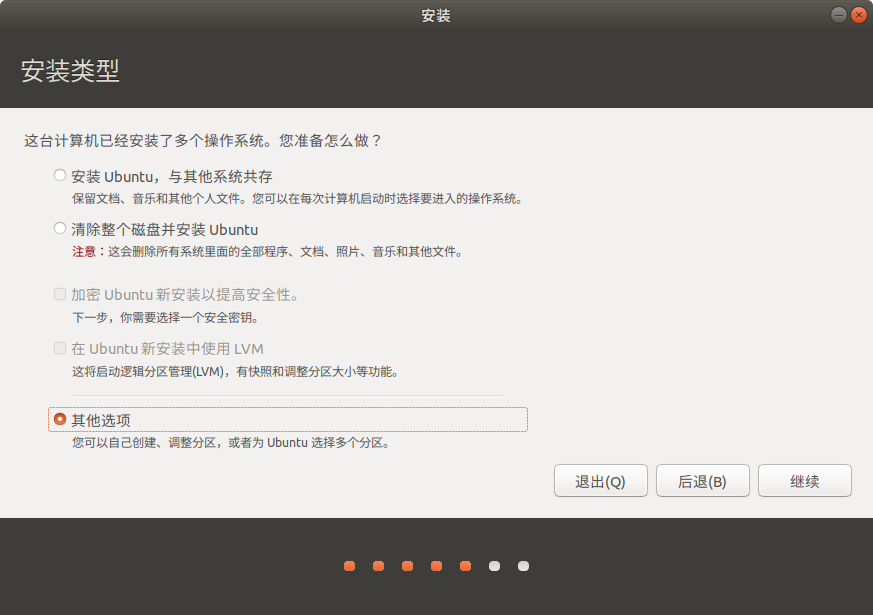
It needs to be emphasized here. You can try the first option, which is to coexist with other systems. After clicking it, it will prompt you to install on which partition of a certain hard disk. At this time, let’s take a look at the Disk Manager. In this interface There is a menu button with many dots on the bottom right of the, click to open there are many applications, we find the disk manager
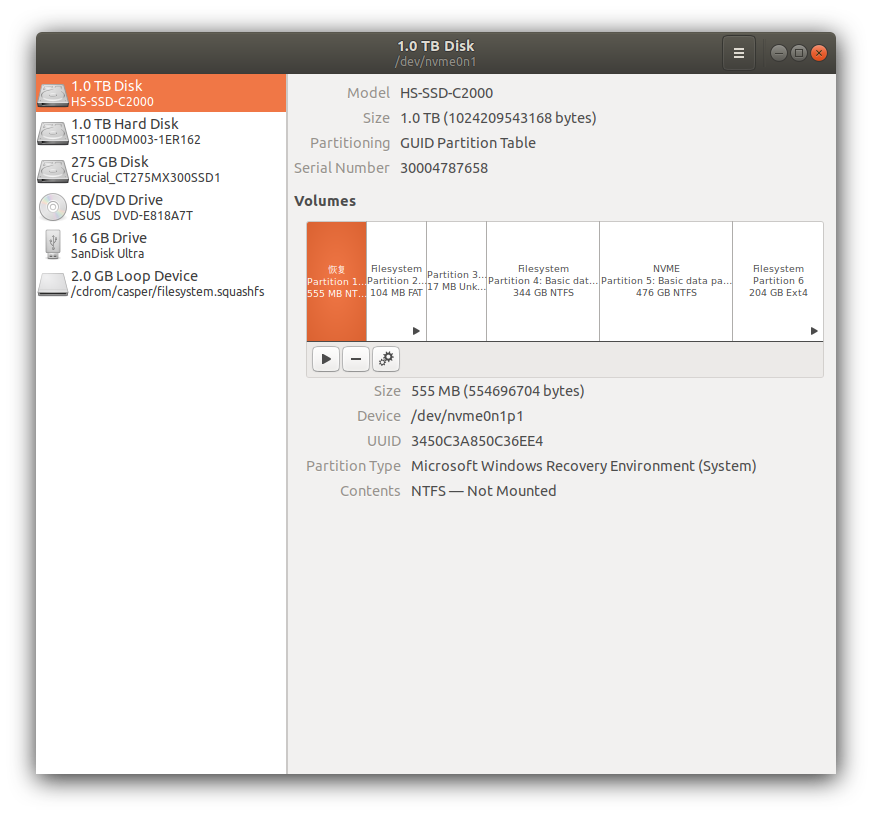
If it prompts that the installed hard disk is the one that you have previously vacated and has no allocated space, click Next, so that it will automatically install to your unallocated disk space. If not, you need to select the last option -> other options.
First select the free partition, which is the space we just compressed, and click the plus sign.
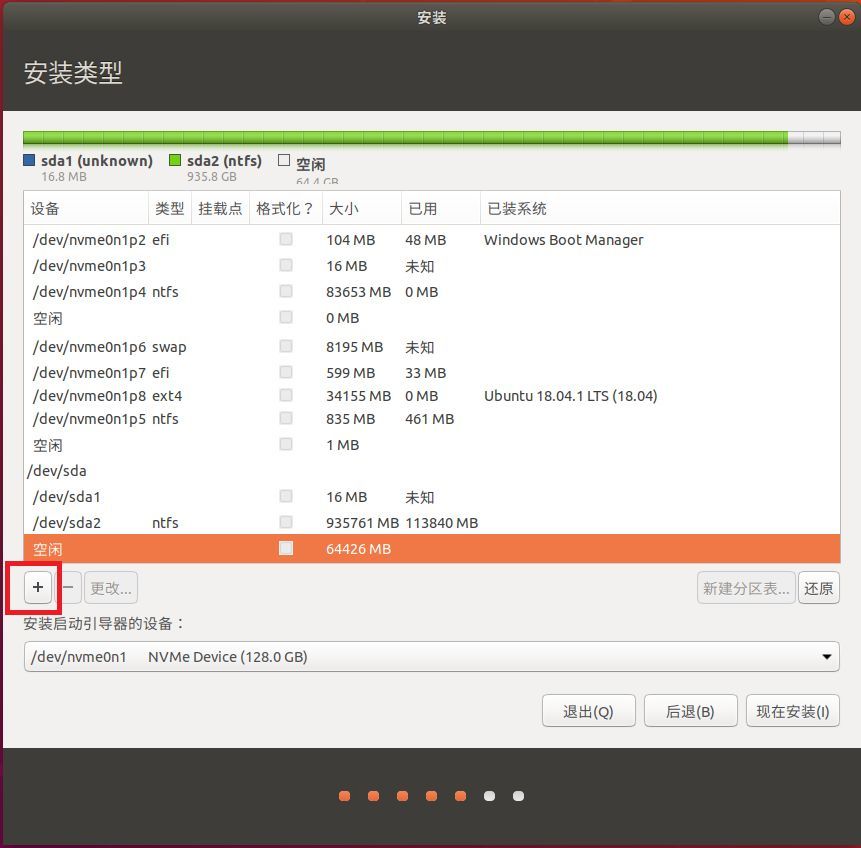
First create the EFI partition, the setting method is as follows
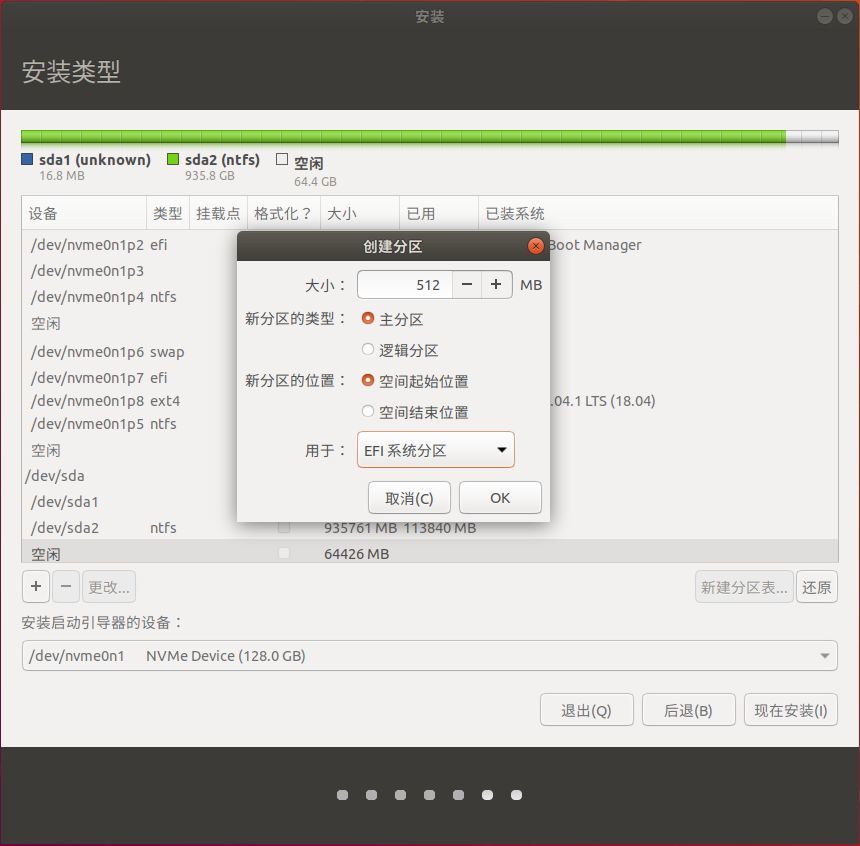
Then set the swap space, the swap space is generally the size of the memory, here our memory is 8GB, set as shown below
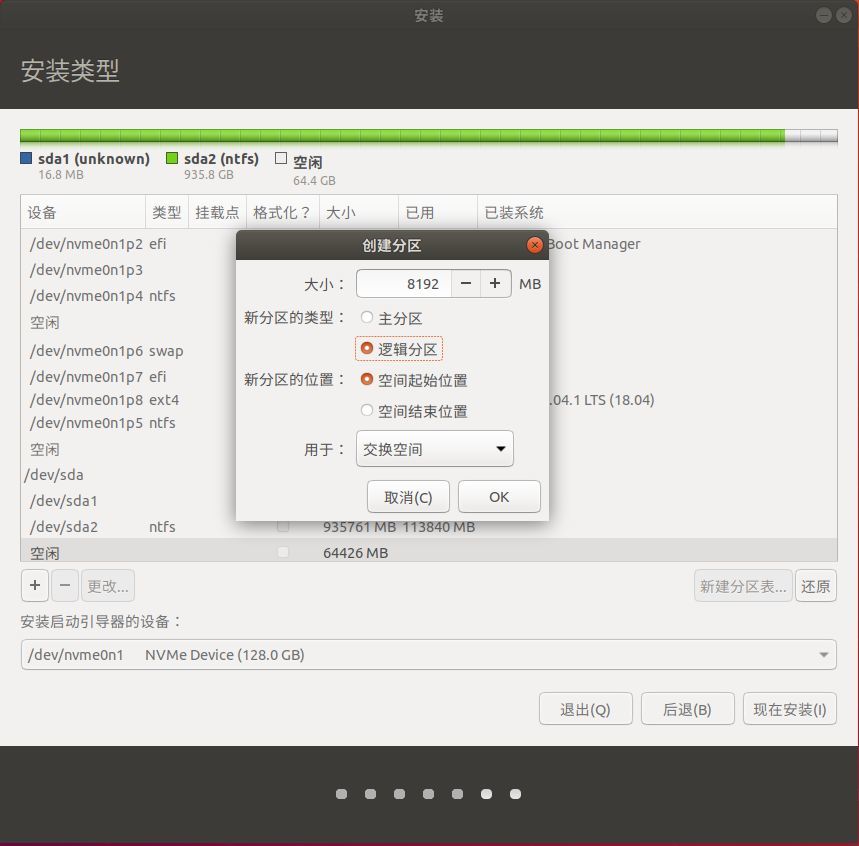
Finally, the root directory is all the space we have left
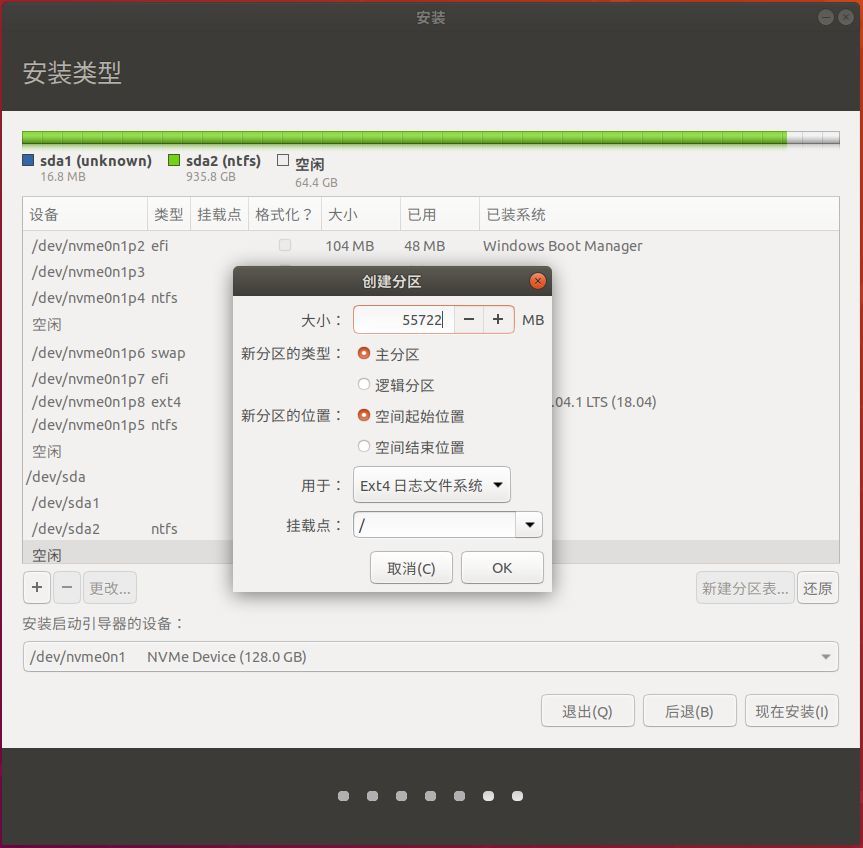
In the installation bootloader, select the EFI partition you just divided, and then click Install now, the pop-up option clicks OK
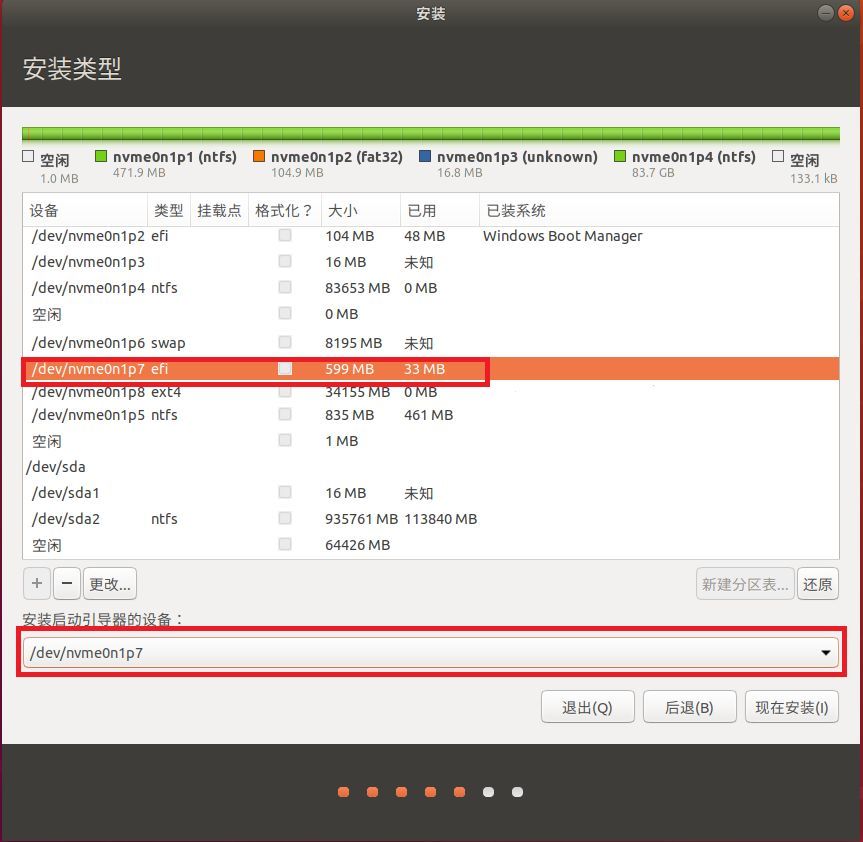
In summary, if the first option is correct, the installation will save effort, otherwise it will be partitioned manually
Then select the region, the default is shanghai.
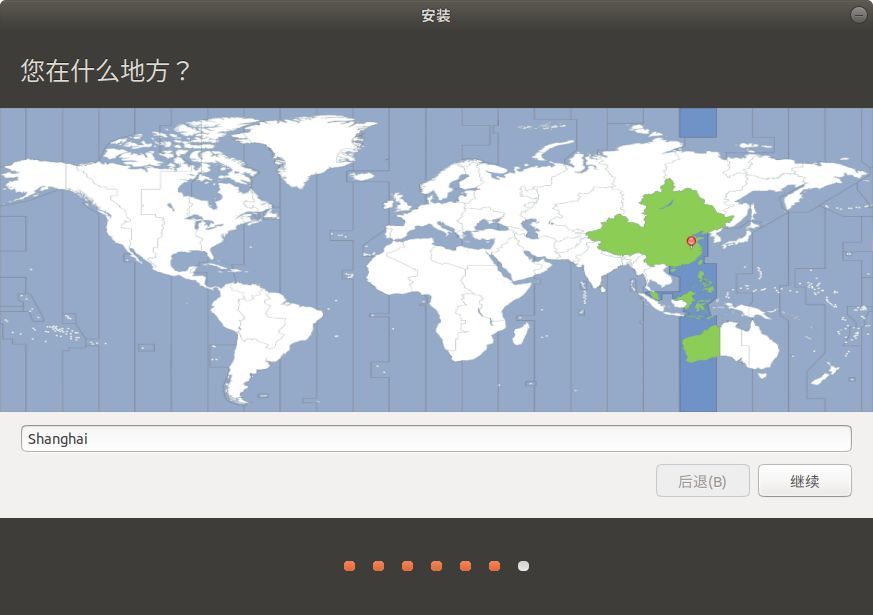
Next, set the user name and password, click continue
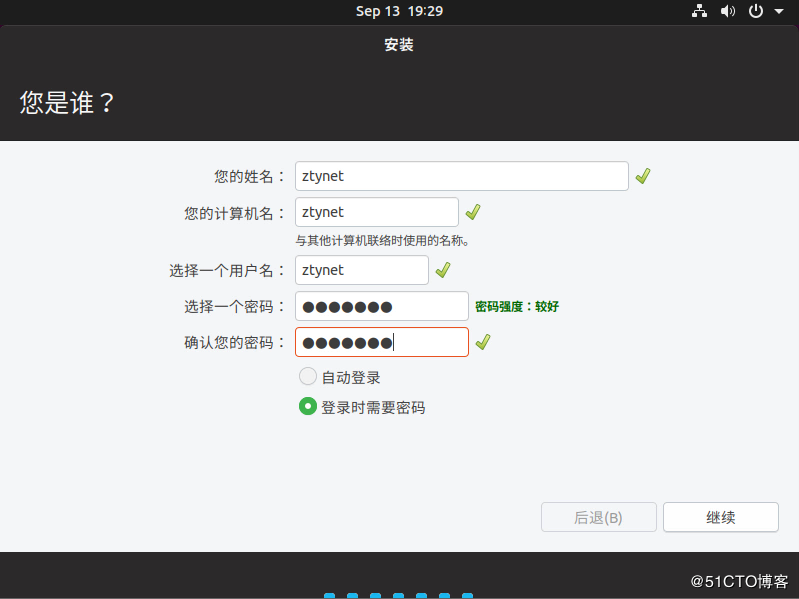
The next step is to wait for the installation to end and choose to restart now
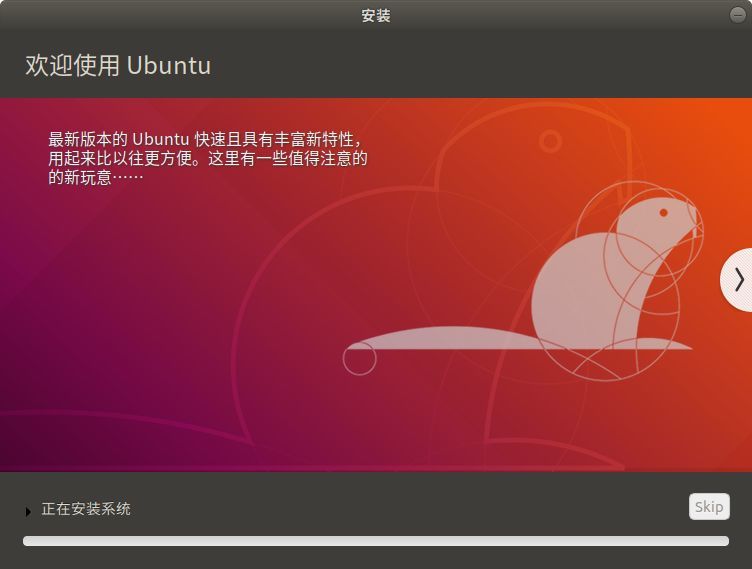
After restarting, select the first Ubuntu in the Ubuntu Boot Manager to enter the system.
Recommended Posts